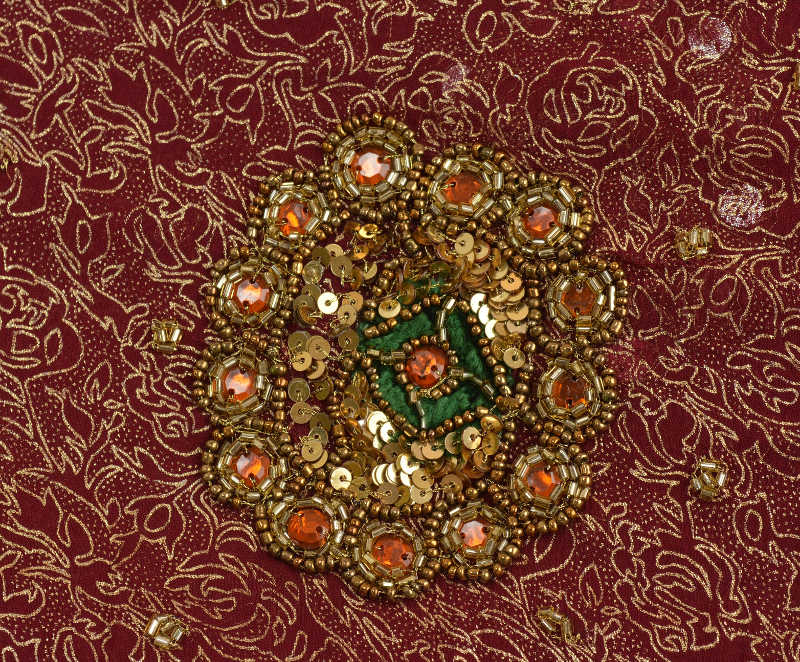===
0429,
8
===

=== |
 |
kis ko har dam hai lahuu rone kaa hijraa;N me;N dimaa;G
dil ko ik rab:t saa hai diidah-e ;xuu;N-baar ke saath
1) who has a mind to weep blood at every breath/moment, in separation?!
2) the heart has something like a single/particular/unique/excellent connection with the blood-scattering eyes
dimaa;G : 'The brain; head, mind, intellect; spirit; fancy, desire; airs, conceit; pride, haughtiness, arrogance; intoxication; high spirits'. (Platts p.526)
ek : 'One, single, sole, alone, only, a, an; the same, identical; only one; a certain one; single of its kind, unique, singular, preëminent, excellent'. (Platts p.113)
rab:t : 'Binding, connecting, uniting; connexion, bond, relation, dependence; consistency, fixity; friendship, intercourse; familiarity, practice, habit, use'. (Platts p.586)
FWP:
SETS == EK
MOTIFS == EYES
NAMES
TERMS == WORDPLAYThis weeping at every 'breath'/moment seemingly doesn't come from anyone's having a 'mind' to do it, but from a 'heart' that insists on doing it willy-nilly, through its special connection with the 'eyes'. A fine lot of body-parts, elegantly brought together.
Then, the 'connection' between heart and eyes is made very prominent in the verse, and also intriguingly blurry. By calling it ik (short for ek ) connection, Mir has opened a wide range of possibilities (see the definition above): from the limiting ('single, sole') through the particularizing ('certain') to the admiring ('unique, preeminent, excellent'). Then by adding saa , he's created an '-ish' penumbra-- the connection is not exactly that of ik rab:t , but only something like it. So what exactly would such a connection be like? Needless to say, we're left to speculate about it, and put the mood and tone of the verse together for ourselves.